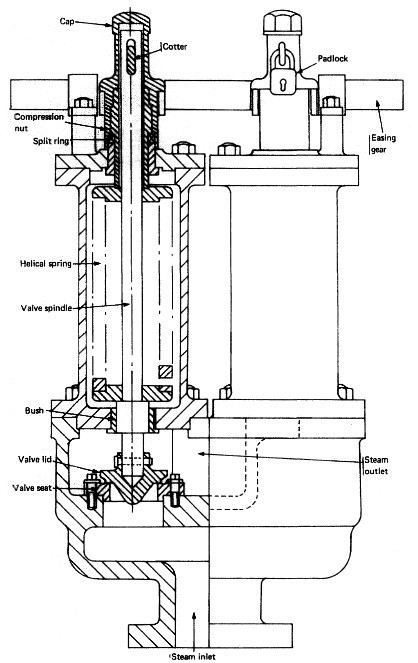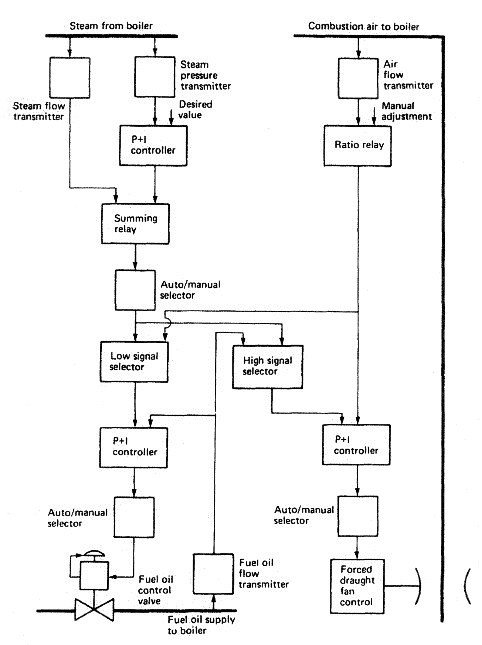
Marine Boiler Combustion Formula - Supply of Air & Fuel Mixing & Soot Blowing
Combustion is the burning of fuel in air in order to release heat energy.
For complete and efficient combustion the correct quantities of fuel and
air must be supplied to the furnace and ignited. About 14 times as much
air as fuel is required for complete combustion.
The air and fuel must be intimately mixed and a small percentage of excess air is usually supplied to ensure that all the fuel is burnt. When the air supply is insufficient the fuel is not completely burnt and black exhaust gases will result.
The air and fuel must be intimately mixed and a small percentage of excess air is usually supplied to ensure that all the fuel is burnt. When the air supply is insufficient the fuel is not completely burnt and black exhaust gases will result.



